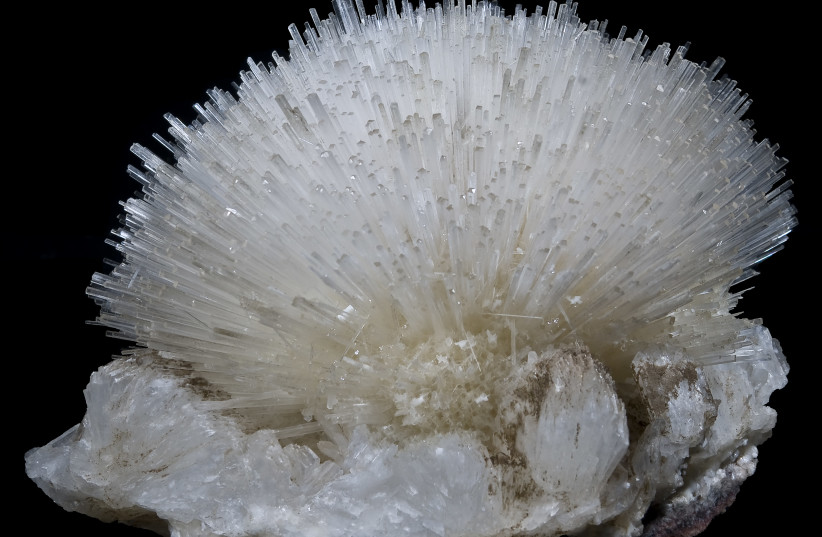Two new studies by researchers at the Carnegie Institution for Science found the origins and diversity of every known mineral on Earth, a discovery that could help complete the historical record of life, make predictions about the future of life and help search for new minerals, planets and extraterrestrial life.
The studies, led by Carnegie's Robert Hazen and Shaunna Morrison and published on Friday in the peer-reviewed journal American Mineralogist, described a new method of clustering types of minerals together or separating them into new species based on their origins, according to the Carnegie Earth and Planets Laboratory.
Taking into account where and how the minerals were formed, the number of "mineral kinds" is over 10,500, an amount 75% larger than the 6,000 species that are currently recognized.

What did the researchers say?
“This work fundamentally changes our view of the diversity of minerals on the planet.”
Dr. Robert Hazen, Staff Scientist, Carnegie Earth and Planets Laboratory, Carnegie Institution for Science
“This work fundamentally changes our view of the diversity of minerals on the planet,” said Hazen, Staff Scientist at the Carnegie Earth and Planets Laboratory. “Each mineral specimen has a history. Each tells a story. Each is a time capsule that reveals Earth's past as nothing else can,” he added.
The researchers came to their conclusions by building a database of every known mineral formation process and subsequently identifying 10,556 unique combinations of minerals and formation processes.
